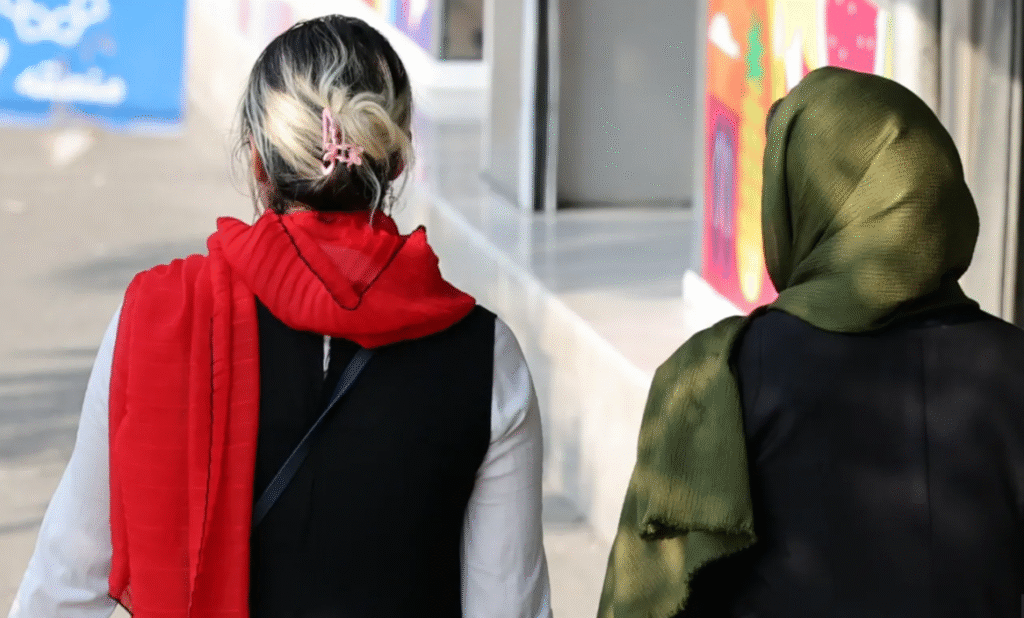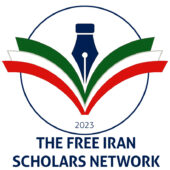Kazem Kazerounian, Professor, University of Connecticut

The old fear no longer rules Iran’s streets. In Tehran, Isfahan, and Mashhad, women walk unveiled. Calm, fearless, faces uncovered. They are not simply removing a scarf. They are tearing down the wall of fear.
For more than four decades, the regime has tried to rule every breath of Iranian life. How people dress. How they speak. Even how they think. The forced hejab became its symbol of obedience, its daily ritual of submission. But today that same symbol has turned against it. The forced hejab has become the banner of defiance.
They killed Mahsa (Jina) Amini to preserve control. Instead, her death shattered it. The cry of “Woman, Life, Freedom” rose from the streets and shook the foundation of the regime. But two years later, that cry has evolved. It has become “Woman, Resistance, Freedom.” It has moved from hope to determination. From voice to resolve. From protest to purpose.
The forced hejab was never truly the core issue. It was only the visible surface of a deeper struggle. A struggle for dignity, for choice, for life without fear. The real battle has always been for freedom.
The regime still tries to claw back control. It writes new laws and imposes new punishments. Yet in practice it feels its own failure. The morality police come and go. Cameras record unveiled women, but fear does not return. Some receive text-message warnings. Most ignore them. The people have moved beyond obedience.
Observers abroad call this a sign of moderation. It is not. The regime has not softened. It has calculated. It knows another open confrontation could ignite rebellion again. It hides its repression behind what it calls “smart enforcement,” using digital fines, quiet intimidation, and surveillance instead of public violence. But fear has lost its power. The regime can threaten, but it can no longer make people believe.
At the same time, the rope of execution has grown tighter. In the past year alone, the regime has executed more than 1,700 people. Many of them were young, defenseless protesters. It preaches mercy with one hand and kills with the other. It hopes to confuse the nation with alternating doses of hope and terror. But everyone sees through it. This duality no longer works.
Iran’s rulers know the battle over the forced hejab is lost. Once fear dies, it cannot be resurrected. The image of unveiled women walking freely in Iranian streets cannot be erased. It marks the end of absolute power. The young generation has changed the battlefield. The fight is no longer over a dress code. It is over who owns the future, the people or the regime.
Now the struggle has become clearer than ever. The real fight is for freedom itself. It is for ending a system that survives through fear, executions, and control. The regime opened this door when it allowed its authority to be mocked in the streets. It cannot close it again.
Every removed scarf, every spoken truth, and every small act of defiance now connects to a single goal: freedom and regime change. The movement has matured. It will not be derailed by symbolic gestures or small personal freedoms. The people of Iran have crossed the threshold of fear. They have discovered their power. The struggle for freedom no longer whispers. It moves forward.
